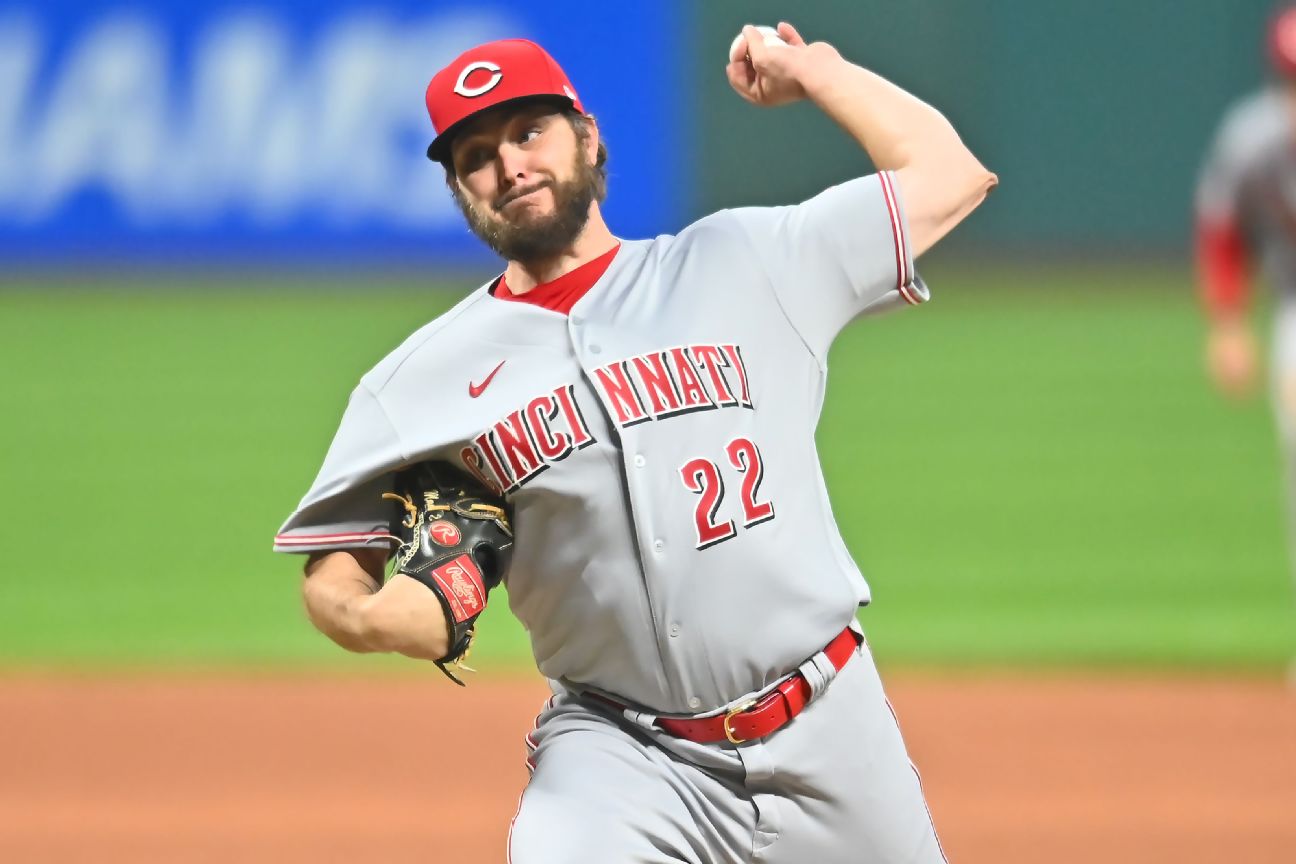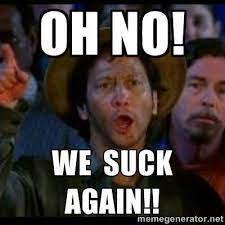Fix Your Broken Team in One Offseason: NL Central

Your favorite baseball team is broken. There is lots of work to do this winter, whether they need a shortstop, more starting pitching, or a front office facelift. If they took the field today, they would be a total disaster. Hell, they probably don’t even have enough players! Don’t despair— here are three reasons why everything will work out just fine (probably).
- Your 29 rivals are also broken. They all exist on the spectrum between “moderately flawed” and “Colorado Rockies.”
- It’s only November. There’s a cold, dark, expansive offseason ahead of us to suck the joy out of life— possibly including a work stoppage— in which your team’s front office can maneuver, supplement, and revise the roster.
- (Most important) Off the Bench knows how to fix everything! With our years of part-time blogging experience, we have the panacea for each of the 30 MLB clubs.
In an act of pure largesse, we have decided to tell each franchise how to fix itself. You’re welcome, MLB. AL East / NL East / AL Central
Chicago Cubs
The ancient scriptures foretold that the Cubs shall be terrible once again. And so it has come to pass.
What went right: It’s hard to categorize the firesale of multiple franchise cornerstones under “What went right,” but the deadline trades of Javier Báez, Kris Bryant, Anthony Rizzo, and several relievers brought back an impressive haul. Nick Madrigal, Kevin Alcantara, and Pete Crow-Armstrong will headline the next generation, summarized well by FanGraphs’ Eric Longenhagen.
What went wrong: The Cubs were 50-51 on July 26. They finished the season 21-40. It turns out that when you throw all your best players overboard, it’s hard to win baseball games. 71 wins might be their highwater mark for the next several years.
How to fix them: The title of this post reads “in one offseason,” and there is a path to getting them back on track in 2022. Even despite all the trades, their lineup isn’t bad. They ought to go out and sign some pitchers, or better yet, trade for them since they just fattened up on prospects. In reality, that’s not the path they have chosen. Ownership prefers the five-year plan (because it’s cheaper). Hunker down, Cubs fans. This is going to take a while.
Cincinnati Reds
At 83-79, Cincinnati finished in third place for the second consecutive season. They’re rutted in a mid-standings malaise.
What went right: Rookie of the Year Jonathan India was one of four regulars with an OBP of at least .366. Joey Votto hit the pause button on his decline phase. Their starting pitching was generally solid, even though they inexplicably waived Wade Miley and there’s no clear ace. Nine position players accumulated at least 400 PA and their top five pitchers started 142 games. If they could somehow bottle and sell that kind of durability, they’d be the richest team in baseball.
What went wrong: Of course, durability doesn’t apply to everyone. The Reds received no production from Mike Moustakas or Nick Senzel. Eugenio Suárez backslid even further. The bullpen was indescribably terrible. Their six relievers who appeared in at least 30 games surrendered 44 home runs in 237 innings, or 1.7 HR/9.
How to fix them: This one’s easy. Go find and grab as many capable relievers as possible. That’s it.
Milwaukee Brewers
Winning just one game in the NLDS puts a bit of a damper on a 95-win season. 2021 marked the fourth straight playoff berth for Milwaukee for the first time in franchise history.
What went right: There is no finer pitching staff in MLB and all of the Brewers’ aces are homegrown. Corbin Burnes won the NL Cy Young award. Brandon Woodruff and Freddy Peralta were nearly just as dominant. Josh Hader was hands-down the best reliever in the NL. The offense scored enough runs to make it all work, thanks in part to a clever early-season trade for Willy Adames.
What went wrong: Devin Williams broke his hand punching a wall in celebration. Dude needs to find a better way to express joy. Christian Yelich‘s power evaporated and Jackie Bradley, Jr. didn’t hit whatsoever. In the postseason, they scored only six runs in four games, including two shutouts.
How to fix them: The Brewers are the class of the NL Central, but their lineup has some holes that need plugging. Their best first base options right now are Rowdy Tellez and Dan Vogelbach— 550 lb. of strikeouts and bad defense. They also need at least one more outfielder. Another 428 PA of Bradley hitting like a pitcher won’t suffice.
Pittsburgh Pirates

What went right: Bryan Reynolds is one of the top five all-around center fielders in MLB, coming off a .302/.390/.522 campaign. 6’7″ shortstop prospect Oneil Cruz only played two games in the Majors, but he already hit a rocket home run and a 118.2 mph exit velocity single. For context, that’s faster than Mike Trout‘s hardest career batted ball.
What went wrong: The club lost 101 games, so just about everything other than Reynolds and Cruz’s electric debut was a bust. Ke’Bryan Hayes suffered a sophomore slump. Only one player surpassed 11 home runs (Reynolds, obviously). Their team ERA was 5.08.
How to fix them: The only high-quality free-agent center fielder this offseason was former Pirate Starling Marte, who just signed with the Mets. Naturally, this caused trade whispers surrounding Reynolds to intensify. Pittsburgh needs to hold the line, build around him, and start thinking about an extension. The club has a deep farm system that includes a lot of players who might be ready in two or three years. They need to start making moves to prepare for takeoff, hopefully as soon as 2024.
St. Louis Cardinals
90 wins just isn’t what it used to be. Winning the second Wild Card meant a one-night stand with the Dodgers, who ghosted them the morning after.
What went right: The Cardinals were good-not-great across the board. Outfielders Tyler O’Neill and Dylan Carlson broke out and Paul Goldschmidt played to the back of his baseball card. Harrison Bader paired above-average offense with elite center field defense. Adam Wainwright and Yadier Molina continued to defy aging curves.
What went wrong: Sharing a league with super teams like the Dodgers and Giants as well as a division with the pitching buzzsaw Brewers, good-not-great isn’t good enough to take the next step. Nolan Arenado‘s OBP was 33 points below his career average. Several starting pitchers suffered injuries.
How to fix them: It’s unreasonable to expect a Goldschmidt/Arenado-sized acquisition every winter, but they should swim in the mid-tier free-agent pool. Signing Stephen Matz was a good start. They need to find one more starter as well. Bullpen depth should also be a priority, as the team over-relied on Génesis Cabrera, Giovanny Gallegos, and Alex Reyes.
-Daniel R. Epstein
















